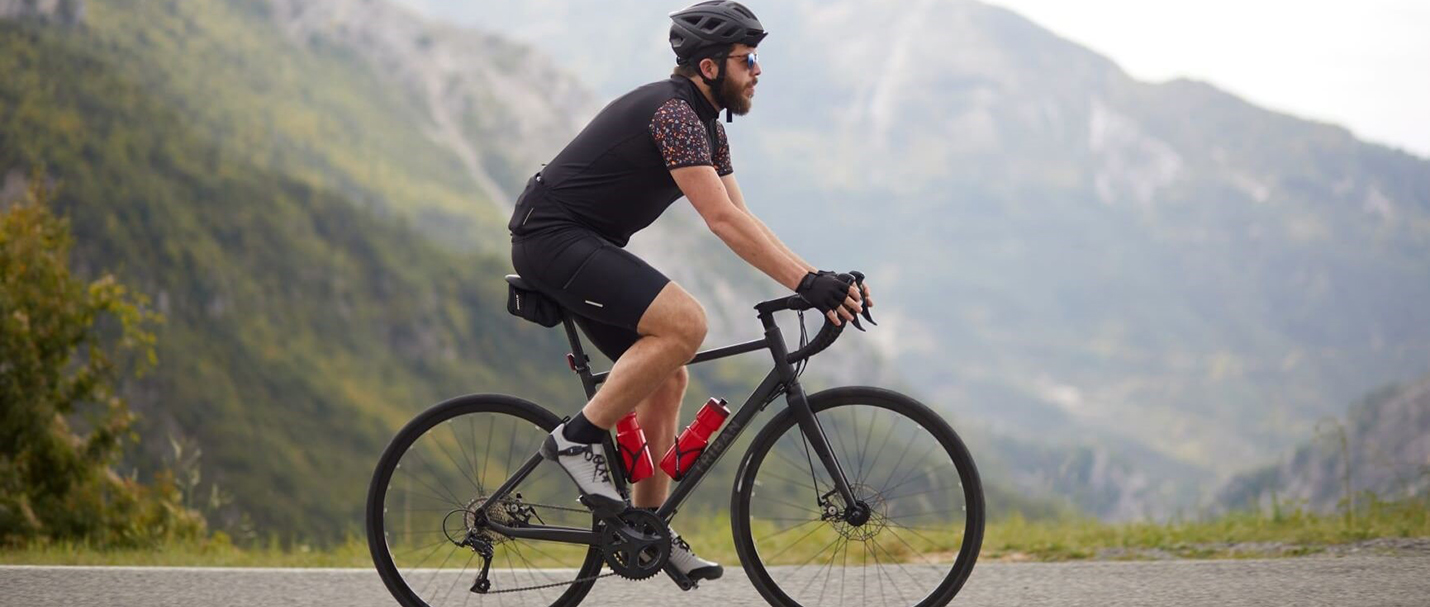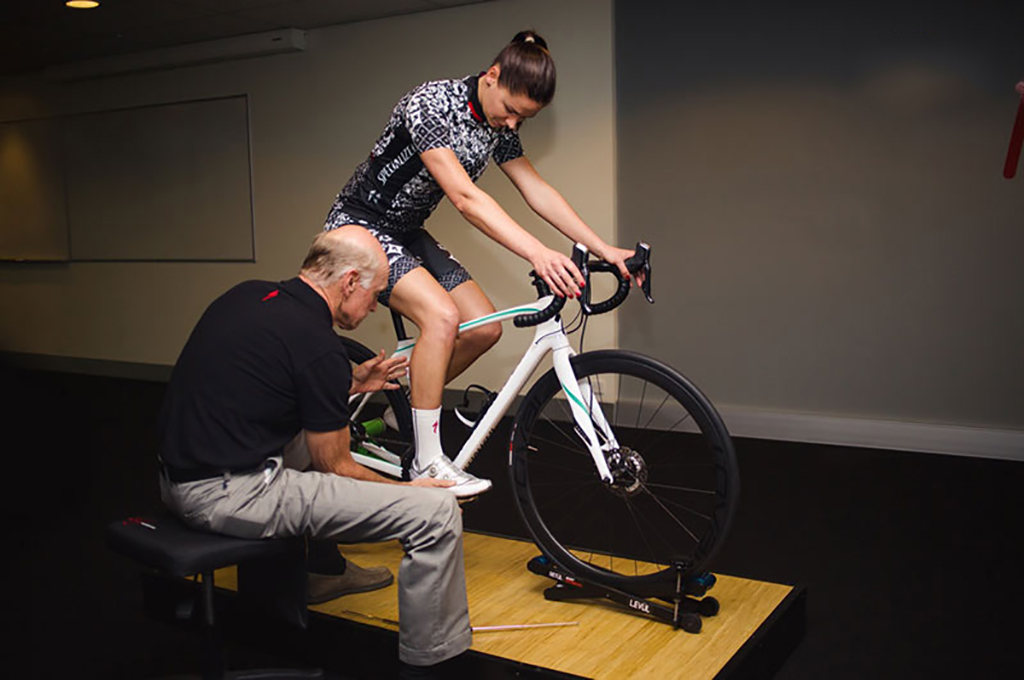
13 Important Tips for Cycling Properly
Cycling has many health benefits, but to ride correctly and effectively, you need to follow certain guidelines for cycling properly. Let’s explore these principles with Hanoi Bike Tour!
Rid Positioning
An incorrect cycling position affects your workout effectiveness and can lead to injuries when cycling properly. For instance, having your legs too wide apart, bending your head down, or arching your back are all incorrect postures. The correct position is to lean your body slightly forward, keep your arms extended, and breathe rhythmically through your mouth while inhaling through your nose. When pedaling, your legs should extend nearly straight at the lowest pedal position, and your knees and hips should move in harmony. Additionally, pay attention to your cycling rhythm for cycling properly.
Pedaling Techniques
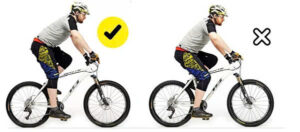
Guidelines for Proper Cycling Posture – Cycling Properly
Many people think that cycling is simply about pushing down with your legs to make the wheels turn. In reality, cycling properly involves four coordinated movements: pushing, pulling, lifting, and pushing down. You push down with your legs, pull up with your feet, lift the pedals, and then push down again to complete one full pedaling cycle. This rhythmic cycling not only saves energy but also increases speed when cycling properly.
Cycling Speed
In practice, many people pedal below their potential due to busyness or inattention. While this can be good for health, cycling properly would be three times better if they pedaled to their full capacity. For example, during a 30-minute ride: pedal at a speed of 20–25 km/h for the first 10 minutes to warm up and reach the main riding area, then pedal as fast as possible for the next 10 minutes.
During this phase, you should feel out of breath, sweating, and find it a bit challenging to maintain the speed, but this is the most crucial phase for cycling properly, and you should not slow down; instead, try to maintain the highest speed for as long as possible. The last 10 minutes are for cooling down, so you should pedal slowly on your way home. To pedal at your full capacity, consider using a timer and speedometer to track your maximum speed when cycling properly.
Adjusting Seat Height
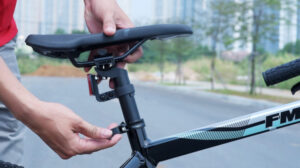
Adjusting Seat Height
When sitting on the bike, your leg should be straight with your foot horizontal at the lowest point of the pedal rotation (the pedal closest to the ground when the bike is upright, or the furthest point from you when the bike is tilted). Be careful not to have your feet in a position where you have to “reach” for the pedals; this will ensure your knees extend properly without being too tense or too relaxed, contributing to cycling properly.
The easiest way to check seat height is to hop on the bike and start pedaling. Pay attention to how high your knee rises concerning your hip. Have someone observe your knee position at its highest point; it should always be slightly lower than your hip for optimal comfort when cycling properly.
If the seat is at the right height but you still feel strain while pedaling, don’t force it. Your body’s movement should be fluid, comfortable, and relaxed—not tense, which is essential for cycling properly.
Wear a Helmet While Cycling
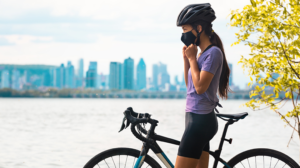
Wear a Helmet While Cycling
Statistics show that many cyclists, just like motorcyclists, suffer head injuries in accidents, with 75% of fatalities caused by severe head trauma. Wearing a bicycle helmet correctly, similar to wearing one while riding a motorcycle, can prevent up to 90% of unnecessary brain injuries. Choosing a helmet that is safety certified, fits snugly, and always fastens the straps while cycling properly is essential.
Check Your Bike Before Riding
Before setting off, develop the habit of checking the tires, seat, and brakes to ensure they are secure and safe. This is crucial if you’ll be riding on rough or dangerous terrain, such as uphill or downhill slopes, to ensure you’re cycling properly.
Make Yourself Easily Visible
Most cycling fatalities occur during early morning or evening hours when visibility is low. If you must ride during these times, equip yourself with safety gear such as bright clothing, reflective materials, and flashing lights on your helmet, and both the front and back of your bike. The safest way to protect yourself is to avoid cycling in the dark, which helps prevent accidents and potential theft when cycling properly.
Avoid Long Rides
As mentioned, cycling for too long can negatively affect physical health and even lead to infertility. Thus, you should only ride at a moderate level to improve fitness unless you are a professional cyclist. If you aim to enhance fitness and endurance, try cycling properly for about 30 minutes daily, 3 to 5 times a week.
For long-distance rides, it’s recommended not to stay on the bike for more than an hour. Take breaks every 30 minutes to walk. Additionally, consider standing up to pedal at least every 10 minutes to promote blood circulation when cycling properly.
Change Hand Positions
Regularly change the position of your hands on the handlebars. This helps alter the angle of your back, neck, and arms, as different muscle groups experience varying strain depending on your posture. Avoid holding your hands in one position for too long, which can cause cramps in other areas of your body. Stay relaxed and don’t lock your elbows; aim for maximum comfort, even if it means frequently changing positions to ensure you’re cycling properly.
Warm Up Properly Before Cycling

Warm Up Properly Before Cycling
Warming up before cycling is essential for everyone. Before you ride, perform some warm-up exercises like ankle and wrist rotations, jumping in place, jogging, or squats. These exercises help prevent muscle strains, cramps, and injuries while cycling properly.
Stay Energized Before, During, and After Riding
Don’t let your body go hungry during exercise, as this can lead to fatigue. While many believe cycling on an empty stomach is an effective way to lose weight, this mindset can jeopardize your health. Eating a light snack about 30 minutes before exercise can enhance your performance when cycling properly.
Avoid acidic and fatty foods. Good options include bananas, fruit juices, and eggs. Bananas provide carbohydrates and potassium, supporting muscle and nerve function. Consuming them before exercise can supply essential protein for muscle repair. Fruit juices can also be an excellent light snack, offering quick digestion and energy. Egg whites, when included in your pre-ride meal, provide protein without fat.
Wear Comfortable Clothing While Cycling
When cycling or engaging in any sport, avoid wearing clothing that is too loose or too tight, as this can hinder movement and cause discomfort. If your clothing is too loose, it may get caught while pedaling. Conversely, tight clothing can restrict movement, particularly in sensitive areas like the hips, thighs, and groin.
Choose cycling clothes made from stretchy, breathable materials that wick moisture and protect sensitive body parts, such as padded cycling shorts. The padding in these shorts is crucial for comfort during long rides, distinguishing between comfort and soreness afterward. Regular shorts without padding can cause discomfort and affect the surrounding structure, so ensure you’re cycling properly with the right gear.
Stay Hydrated

cycling in vietnam
About 60% of your body is water, and dehydration can lead to mental and physical fatigue. Therefore, carrying water while cycling is essential for replenishing your body. The amount of sweat released during exercise increases the risk of dehydration. Always ensure you drink enough water when you feel thirsty to support your efforts in cycling properly.
Follow the “3 rights” principle for hydration: drink the right amount, at the right time, and most importantly, the right type of beverage when cycling properly.
- Drink the Right Amount: It’s best to take small sips; gulping down half a bottle will only make your workout difficult with a full stomach, while the feeling of thirst in your mouth remains.
- Drink at the Right Time: Don’t wait until you’re extremely thirsty to drink. Scientifically speaking, feeling thirsty means your body is already dehydrated. Therefore, when cycling for about 30–60 minutes, you should stop to hydrate. Avoid waiting until you’re thirsty to drink; this is an important part of cycling properly.
- Drink the Right Type: When exercising intensely, your body not only loses water but also significant amounts of minerals that regular drinking water cannot replace. The best drinks for hydration are those that help replenish fluids and electrolytes, such as electrolyte drinks, salted lemon water, fresh coconut water, green tea, and fruit juices. This is crucial for cycling properly.
Always carry a water bottle with you on your bike to ensure you have enough water available when needed.
Above are some useful tips for cycling properly. Wishing you the best results with your cycling workouts!
Follow us more at:


